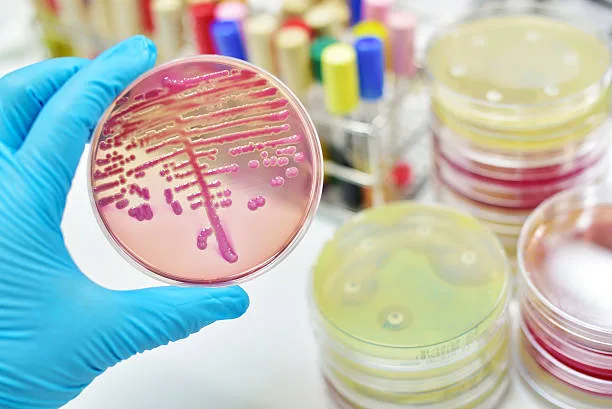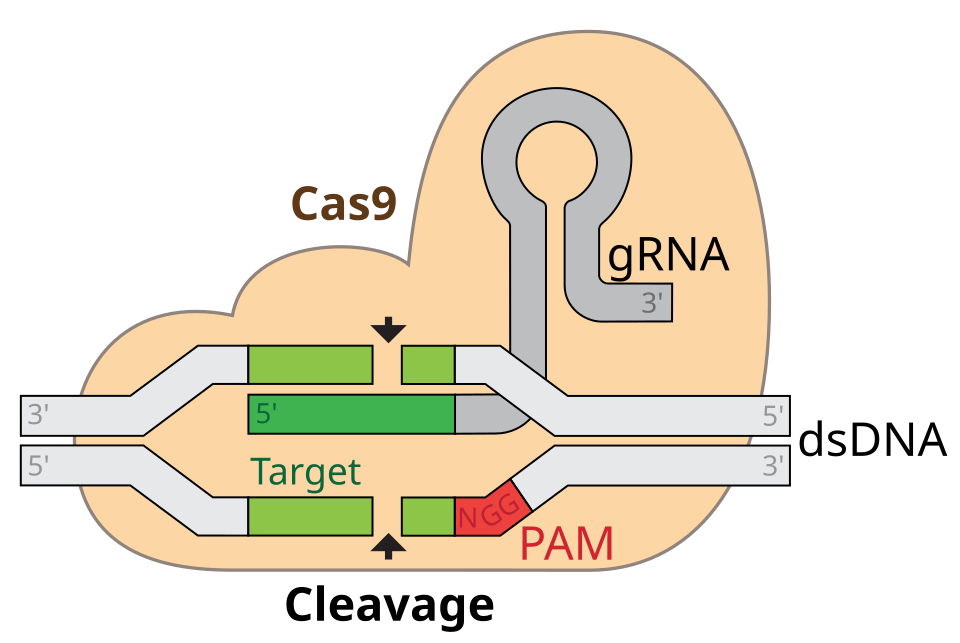For generations, parents-to-be have lived with the mystery and suspense of their baby’s sex. It’s the original coin toss, an emblem of chance where each outcome is believed to be equally likely—50% chance of a boy, 50% chance of a girl. That simple, reassuring math has held firm in textbooks and parenting lore alike, shaped by a single biological premise: sperm carry either an X or a Y chromosome, and which one wins the race determines the baby’s sex.
But biology rarely plays out with the clean symmetry of a coin toss. There are families where every child is a girl, or every child a boy—three, four, sometimes even six or more. People shrug, laugh it off as coincidence, or chalk it up to old wives’ tales about diet, timing, or parental karma. But beneath the folklore, a question has long simmered: is it really just chance?
Now, thanks to a massive, multi-decade study from researchers at Harvard, we’re beginning to see that nature’s coin might not be as fair—or as random—as we once believed.
The Data That Refused to Behave
To chase this mystery, the Harvard team turned to a vast and unique source: the Nurses’ Health Study II and III, a massive longitudinal project spanning decades. The dataset included the birth records of over 146,000 babies from 58,000 women, providing a remarkably detailed portrait of family structures over time, from 1956 to 2015.
If the 50–50 sex determination rule held perfectly, the data should have formed what’s called a binomial distribution—in other words, over time and across families, the number of boys and girls born should hover close to even, with occasional outliers. It would be like flipping a fair coin thousands of times: sometimes you’d get a streak of heads, sometimes tails, but across all flips, the outcomes would even out. Random and independent.
But that’s not what the data showed.
Instead, the researchers discovered a subtle, persistent skew—one that didn’t quite fit the binomial model. There were more families with all boys or all girls than would be expected by pure chance. The distribution was a little stickier, the coin a little heavier on one side. What they found instead aligned more closely with a beta-binomial distribution—a statistical model that allows for “weighted” probabilities. In essence, some couples weren’t flipping a fair coin at all. For them, the odds were subtly tilted.
The Hidden Hand of Human Behavior
One of the complicating factors the researchers had to contend with wasn’t biological at all—it was human psychology. Parents, it turns out, are not passive observers of chance. They make decisions—often subconsciously—based on the children they already have. One of the most common of these decisions? Stopping after having one boy and one girl.
The researchers called this behavior “coupon collecting,” a metaphor borrowed from the world of probability theory. Once a family has “collected” both sexes, they’re more likely to stop having more children, either out of satisfaction or a sense of balance. But this decision skews the data—making it look as though mixed-gender families are more common than they actually would be in a purely random system.
To adjust for this, the team removed the last child from each family’s data, essentially stripping away the influence of parental choice. When they did this, the skew toward same-sex families—whether all boys or all girls—became even more pronounced. It wasn’t just people stopping after they got their boy and girl. It was something else entirely. A deeper pattern was emerging.
Age, Genetics, and the Shifting Scales of Biology
As they sifted through the data, the researchers noticed something else: maternal age mattered. Women over the age of 28 were more likely to have multiple children of the same sex. This detail was subtle but consistent across the dataset. It suggested that biological changes tied to aging—possibly hormonal shifts, immune responses, or gene expression patterns—might influence the likelihood of producing one sex over another.
But it wasn’t just age. To dig even deeper, the team ran a genome-wide association study (GWAS)—an ambitious, high-resolution scan of genetic data that searches for specific genes linked to traits or behaviors. In this case, they were looking for genes that might predispose mothers to having all boys or all girls.
What they found was stunning.
Two genes in particular stood out. One, known as NSUN6, appeared to be associated with having only female children. The other, TSHZ1, was associated with having only male offspring. These genes may influence some unknown part of the sex determination process—perhaps in how eggs interact with sperm, or how embryos are supported in early development.
It’s important to be cautious here. The researchers emphasized that this is an early finding, and that these genes are not fate. They’re pieces of a larger puzzle. Biology rarely works in binaries, and it’s unlikely that a single gene holds all the answers. But these findings add compelling new pieces to the age-old mystery of why some families seem “destined” to have boys, or girls, or one after another of the same.
Limitations and the Road Ahead
As revelatory as this study is, it has its limits. The participants were almost exclusively white women living in the United States, and all were nurses—a demographic group that may not reflect the global population. Factors like ethnicity, paternal genetics, geography, environmental exposures, and cultural practices were not captured. Future studies will need to broaden their scope, incorporating more diverse families and, crucially, paternal genetic data.
After all, sperm carry the deciding chromosome—X or Y. While this study focused primarily on maternal factors, it’s likely that the father’s genes play just as important a role in tilting the coin.
Moreover, the team didn’t determine how these genes exert their influence. Do they affect the likelihood of certain sperm fertilizing the egg? Do they influence whether certain embryos are more likely to implant and thrive? Or are there subtle immune or hormonal shifts that make one sex more viable than the other in a given uterine environment?
These questions remain unanswered—but for the first time, science is beginning to frame them in a way that can be tested.
The Genetic Echoes of Family Stories
For many people, this study offers more than scientific curiosity—it offers an explanation. That cousin with five boys in a row. The aunt with four daughters and no sons. The stories that once felt like statistical flukes now have the quiet ring of genetic truth.
The metaphor of the coin toss still holds—but the coin, it seems, is sometimes weighted. Not dramatically, not fatefully, but just enough to sway the odds over time. And those small, consistent biases echo across generations, shaping the makeup of families in ways both ordinary and extraordinary.
This discovery does not undermine the randomness of birth, but rather enriches it. It reminds us that behind the appearance of chance is a complex choreography of genes, hormones, biology, and behavior. What once looked like a clean 50–50 split turns out to be far more textured, more nuanced, more human.
A Deeper Understanding of Who We Are
Science often begins with simple questions—why does one family have all boys? Why do some never have a daughter? The answers, as they unfold, reveal not just statistics, but the intricate workings of life itself. They show us how genetics whisper through generations, how biology blends with behavior, and how even the most intimate mysteries of family might be written, in part, in the language of DNA.
We are not just at the mercy of fate or randomness. Nor are we entirely in control. We are, like everything in nature, somewhere in between—a space where probability and pattern meet, where weighted coins flip quietly behind the scenes.
As we learn more about these hidden influences, we don’t lose the magic of birth. If anything, we gain a deeper awe. Because in that single moment of life beginning, there is a story unfolding—one shaped by millions of years of evolution, a dance of chromosomes and cells, chance and choice.
And perhaps, just perhaps, a tilted coin.
Reference: Siwen Wang et al, Is sex at birth a biological coin toss? Insights from a longitudinal and GWAS analysis, Science Advances (2025). DOI: 10.1126/sciadv.adu7402






